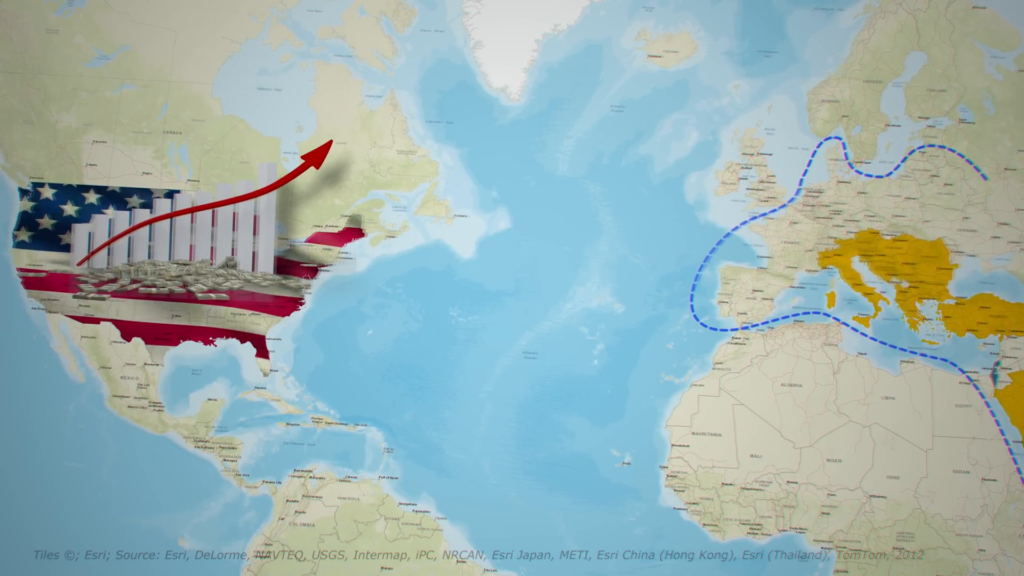Understanding the Israel-Palestine Conflict: A Historical Overview
The Israel-Palestine conflict is one of the most complex and long-standing disputes in modern history. To fully understand its complexities, it is essential to explain the conflict between Israel and Hamas as a significant component of the broader dispute. This blog aims to provide a comprehensive overview of the key events, players, and dynamics that have shaped this conflict over the decades.
The Historical Context
To understand the current situation, it is essential to look back at the historical context. The roots of the conflict can be traced back to the early 20th century, particularly the late Ottoman period and the subsequent British mandate over Palestine. The rise of nationalist movements among Jews and Arabs laid the groundwork for a struggle over land and identity. But to understand today’s dynamics, it is also crucial to explain the conflict between Israel and Hamas that has emerged over time.
On May 14, 1948, the State of Israel was declared, which was immediately followed by the invasion of neighboring Arab states, including Egypt, Syria, Iran, Lebanon, and Jordan. This marked the beginning of the first Arab-Israeli war, leading to significant territorial changes and the displacement of many Palestinians. To fully grasp the complexities of this conflict, it is important to also explain the conflict between Israel and Hamas in the context of these historical events.

The Two-State Solution: A Path to Peace?
The concept of a two-state solution, advocating for an independent Palestinian state alongside Israel, has been a focal point in peace negotiations. This idea gained traction in the 1990s, particularly with the signing of the Oslo Accords in 1993, which aimed to lay the groundwork for a peaceful resolution. However, to fully understand the challenges to peace, one must explain the conflict between Israel and Hamas and how it has impacted the feasibility of such solutions.
Despite the optimism surrounding these agreements, the reality on the ground has often contradicted the peace process. The expansion of Israeli settlements in the West Bank has created significant tensions, undermining the feasibility of a two-state solution. Moreover, to understand the obstacles to peace, we must explain the conflict between Israel and Hamas, which continues to be a central issue.
The Role of Hamas and Other Groups
To fully explain the conflict between Israel and Hamas, it is essential to understand Hamas’s emergence and its role in the broader Israel-Palestine conflict. Hamas, an Islamist political and militant group, emerged in the late 1980s and has played a crucial role in the conflict. Initially seen as a counterbalance to the Palestine Liberation Organization (PLO) and its leader Yasser Arafat, Hamas has since become a significant player in Palestinian politics.
Hamas’s rise can be attributed to various factors, including disillusionment with the peace process and the perception that the PLO has failed to achieve Palestinian aspirations. The group’s charter calls for the establishment of an Islamic state in all of historic Palestine, which complicates the peace efforts further. Thus, any attempt to explain the conflict between Israel and Hamas must take these ideological factors into account.
The Impact of the 1967 War
The Six-Day War in June 1967 was a turning point in the conflict. Israel’s victory resulted in the occupation of the West Bank, Gaza Strip, and East Jerusalem. To explain the conflict between Israel and Hamas more fully, it is crucial to understand how this occupation has been a significant source of tension and has led to numerous conflicts and uprisings, including the First and Second Intifadas.
The occupation has created a complex reality characterized by military control, settlement expansion, and significant restrictions on Palestinian movement and rights. The international community remains divided on how to address these issues, and it is essential to explain the conflict between Israel and Hamas to understand the broader regional implications.
Recent Developments and Challenges
The recent escalation of violence, particularly the attacks initiated by Hamas, has reignited debates over the future of the peace process. On October 7, Hamas launched a significant attack on Israel, prompting a fierce military response. This incident further underscores the need to explain the conflict between Israel and Hamas and how it affects broader peace efforts.
Surveys indicate that a substantial portion of the Palestinian population still supports a peace process, but the ongoing violence and political fragmentation complicate efforts to achieve lasting peace. It is vital to explain the conflict between Israel and Hamas to comprehend how these challenges shape public opinion and political strategy.

The International Perspective
The international community has long been involved in efforts to mediate the conflict. Various countries and organizations have proposed peace plans, but none have achieved lasting success. To explain the conflict between Israel and Hamas, it is also important to understand the differing narratives and historical grievances that make it challenging to find common ground.
Countries like the United States have traditionally been seen as allies of Israel, while others, like many Arab states, have supported Palestinian claims. To explain the conflict between Israel and Hamas is to acknowledge how these geopolitical dimensions further complicate the conflict, as regional dynamics often influence the trajectory of peace efforts.
Conclusion:
To truly move toward peace, one must explain the conflict between Israel and Hamas in a way that fosters understanding and empathy. The Israel-Palestine conflict remains a deeply entrenched issue with no easy solutions. Understanding its history and the various factors at play is crucial for anyone seeking to comprehend the current situation. A renewed commitment to dialogue, mutual recognition, and respect for human rights will be essential for future peace efforts. As we move forward, it is imperative to foster an environment that encourages understanding and reconciliation rather than division and hostility. Only by doing so can we hope for a resolution that honors the aspirations and rights of both Israelis and Palestinians.
